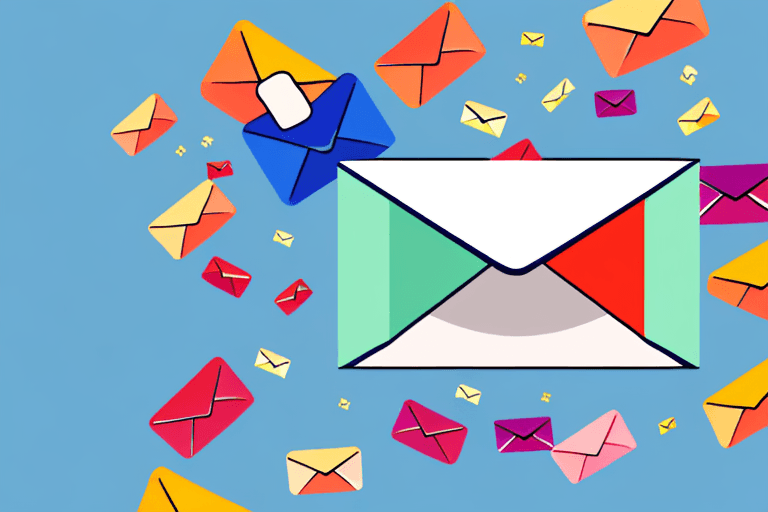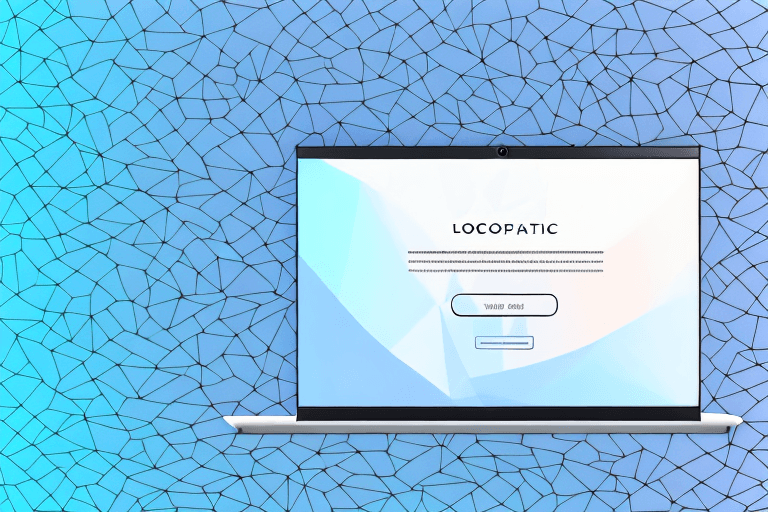In today's digital market, email marketing is one of the most effective ways to reach and engage with your audience. With billions of emails being sent every day, it's crucial to have an email marketing template that stands out in your subscribers' inbox. A well-designed email template can help boost your open rates, click-through rates, and ultimately, increase your return on investment (ROI).
Understanding the Importance of Email Marketing
Email marketing is an essential component of a successful digital marketing strategy. It allows you to build relationships with your subscribers and keep them informed about your business's latest news, products, and services. Email marketing is a cost-effective way to reach your audience, with an average ROI of $42 for every $1 spent. This makes it a popular choice for businesses of all sizes and industries.
However, it's important to note that email marketing is not a one-size-fits-all solution. To be successful, you need to understand your audience and tailor your content to their needs and preferences. This means creating a variety of email campaigns that target different segments of your audience with personalized content.
The Benefits of Email Marketing
One of the primary benefits of email marketing is its ability to generate leads and increase conversions. By offering value through your email content, you can entice your subscribers to take the desired action, such as making a purchase, visiting your website, or sharing your email with others. This is because email marketing allows you to establish a direct line of communication with your audience, which can lead to increased trust and loyalty.
Another advantage of email marketing is its ability to be personalized. By segmenting your email list based on subscriber behaviors and preferences, you can send targeted, relevant content that will resonate with your audience. This leads to a higher engagement rate and, ultimately, a higher ROI. Personalization can come in many forms, such as personalized subject lines, product recommendations based on past purchases, or personalized content based on subscriber interests.
Building a Strong Subscriber List
Before diving into email template design, it's essential to have a strong subscriber list. The quality of your email list is just as important as the quantity. Purchasing email lists or adding unauthorized subscribers will only lead to higher unsubscribe rates and lower engagement rates.
The best way to build a strong subscriber list is to create valuable lead magnets that entice users to sign up for your email list. Consider offering free resources, exclusive discounts, or access to insider information in exchange for their email address. You can also use social media and other marketing channels to promote your email list and encourage sign-ups.
Designing Effective Email Templates
Once you have a strong subscriber list and a clear understanding of your audience, it's time to start designing effective email templates. Your email template should be visually appealing, easy to read, and optimized for different devices and email clients.
Consider using a responsive email design that adjusts to different screen sizes and resolutions. This ensures that your email looks great on desktops, laptops, tablets, and smartphones. You should also include clear calls to action that encourage subscribers to take action, such as clicking a link or making a purchase.
Finally, make sure to test your email templates before sending them to your entire list. This will help you identify any issues with formatting, links, or content that could affect your engagement rates.
Conclusion
Email marketing is a powerful tool for businesses looking to build relationships with their audience and increase conversions. By creating valuable content, personalizing your emails, and building a strong subscriber list, you can achieve higher engagement rates and a higher ROI. So, don't underestimate the power of email marketing in your digital marketing strategy.
Components of an Effective Email Template
Now that you understand the importance of email marketing and the benefits of building a strong email list, let's dive into the key components of an effective email template. But before we do that, let's take a moment to understand why email marketing is so important.
Email marketing is one of the most effective ways to connect with your audience and build a relationship with them. It allows you to stay top of mind, educate your subscribers, and promote your products or services. Plus, it's relatively inexpensive compared to other marketing channels, making it accessible to businesses of all sizes.
Subject Lines that Grab Attention
Your subject line is the first thing subscribers see in their inbox. It's essential to craft a compelling subject line that piques their interest and entices them to open your email. Consider using personalization, humor, urgency, or ask a question to stand out in their crowded inbox.
For example, you could personalize the subject line by using the subscriber's name or referencing their recent activity on your website. You could use humor to make them smile or urgency to create a sense of FOMO (fear of missing out). Asking a question can also be effective as it engages the subscriber and encourages them to think about the answer.
Personalization and Segmentation
Personalization and segmentation are crucial elements of email marketing. Personalization helps create a connection with subscribers by speaking to their specific needs and interests. For example, you could segment your email list based on their location, purchase history, or engagement level and then personalize the content accordingly.
Segmentation allows you to target the right people with the right message at the right time, resulting in higher engagement rates and conversions. For example, you could send a targeted email to subscribers who abandoned their cart or a re-engagement email to subscribers who haven't opened your emails in a while.
Engaging and Relevant Content
The heart of any email marketing campaign is its content. Your email content should be engaging, informative, and relevant to your subscribers. Whether you're sharing the latest industry news, offering exclusive deals, or providing educational resources, make sure your content adds value to your subscribers' lives.
One way to create engaging content is to tell a story. People love stories, and they can be a powerful way to connect with your audience. Share a personal story or a customer success story that demonstrates the value of your product or service.
Call-to-Action (CTA) Buttons
Your email's call-to-action (CTA) is the action you want subscribers to take after reading your email. Your CTA button should be clear and compelling, enticing subscribers to click through to your website or landing page. Consider using action-oriented language and contrasting colors to make your CTA stand out.
But don't stop at just one CTA. Depending on the length and purpose of your email, you may want to include multiple CTAs throughout the email. Just make sure they are relevant and don't overwhelm the subscriber.
Visual Elements and Layout
The design and layout of your email template should be visually appealing and easy to navigate. Consider using images, videos, and other visual elements to break up long blocks of text and keep subscribers engaged. But be careful not to overdo it. Too many images or large files can slow down the email load time and hurt your deliverability.
Additionally, make sure your email is mobile responsive, with a clear hierarchy of information that is easy to read on any device. More and more people are checking their email on their mobile devices, so it's essential to optimize your email for mobile.
Designing Your Email Template
Choosing the Right Email Template Builder
When designing your email template, you have two options: hiring a designer or using an email template builder. If you have the budget, hiring a professional designer can lead to a more customized, visually stunning email template. However, email template builders like Mailchimp, Constant Contact, and Campaign Monitor offer affordable, easy-to-use templates that can be customized to fit your brand's look and feel.
Mobile Responsiveness and Accessibility
Mobile devices account for over half of all email opens. It's crucial to ensure that your email template is mobile responsive and accessible to all subscribers, regardless of the device they use to open it. Test your email template on different devices and platforms to ensure a seamless viewing experience for all subscribers.
Consistent Branding and Design
Your email template should align with your brand's look and feel, ensuring consistency across all touchpoints. Use your brand's color palette, fonts, and imagery in your email template to reinforce your brand's identity and build brand recognition with your subscribers.
Testing and Optimizing Your Email Template
A/B Testing for Better Results
A/B testing allows you to test two variations of your email template to see which performs better. Consider testing your subject lines, CTAs, and content to optimize your email's performance and achieve better results.
Analyzing Open Rates and Click-Through Rates
Analyzing your email's open rates and click-through rates (CTR) will provide valuable insights into your email's performance. Use these metrics to make data-driven decisions and adjust your email template to improve your results.
Making Data-Driven Improvements
Ultimately, the success of your email marketing template relies on your ability to make data-driven improvements. Continuously analyze your email's performance and make adjustments based on your data to achieve better results and reach your email marketing goals.
Conclusion
An effective email marketing template is essential for any business looking to build relationships with its audience, drive engagement, and boost its ROI. By understanding the importance of email marketing, building a strong subscriber list, and following the key components of an effective email template, you can create email campaigns that resonate with your audience and achieve your marketing goals. Remember to test and optimize your email template regularly, using data to make informed decisions and improve your results.




